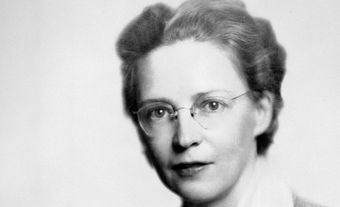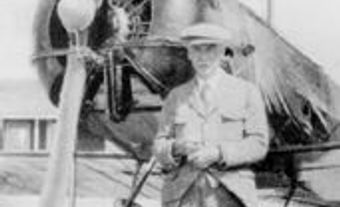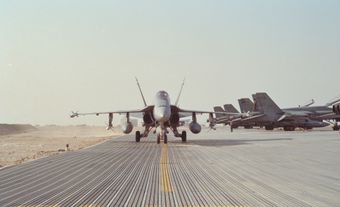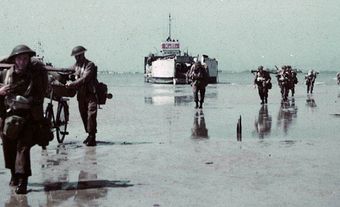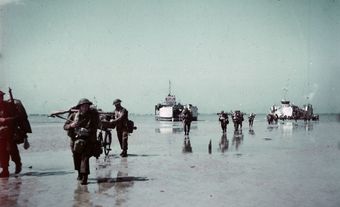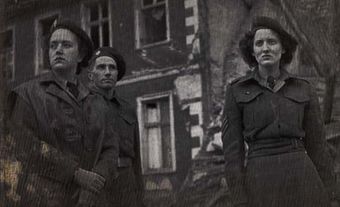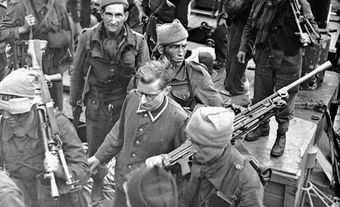The Hawker Hurricane was a combat aircraft of the 1930s and 1940s, designed by the British aircraft manufacturer Hawker Aircraft Ltd. The Hurricane was one of the principal combat aircraft that defended the United Kingdom during the Battle of Britain. This fighter plane played a pivotal role in the Second World War, primarily serving with the Royal Air Force, Royal Navy, Royal Canadian Air Force and Soviet Air Force. The Hurricane was mass-produced, with over 14,000 examples manufactured from 1937 to 1944. The Hurricane was produced in the United Kingdom and in Canada, with 1,451 examples built at the Canadian Car & Foundry plant, which was located in Fort William (now Thunder Bay), Ontario. Hurricane production in Canada lasted from 1938 to 1943 and was overseen by Elsie MacGill, the first woman in Canada to earn a master’s degree in aeronautical engineering. MacGill was popularly known as the “Queen of the Hurricanes” for overseeing the rapid production of the aircraft. At the height of production, the Canadian Car & Foundry plant produced 15 new aircraft each week.
Aircraft Description
The Hurricane began as a private initiative of Hawker Aircraft Ltd. in 1933. The company’s chief designer, Sir Sydney Camm led the design effort and produced a single-seat, single-engine monoplane (an aircraft with a single set of wings). Camm’s version was an evolution of the earlier Hawker Fury biplane aircraft. In 1934, the British government provided Hawker Hurricane Ltd. with funding to develop Camm’s prototype. In 1935 the British Air Ministry requested that the prototype be modified to equip and operate eight wing-mounted 7.7 mm machine guns. The resulting aircraft was a sleek, modern design equipped for air-defence and interception operations. The aircraft was powered by a 12-cylinder, 1,200-horsepower engine that would eventually become known as the Merlin. The Hurricane would become the first monoplane fighter used by the Royal Air Force.
The Hurricane, along with the better-known Supermarine Spitfire, were the principal combat fighters of the Royal Air Force at the beginning of the Second World War. Both fighter planes would serve with distinction in all theatres where British forces were engaged. Unlike the Spitfire, which was a more sophisticated design requiring a more specialized and labour-intensive construction, the Hurricane was comparatively easy to mass-produce. Early examples had fabric “skins” over the frame of the wings (this was later changed to aluminum). Because the Hurricane was inexpensive to produce and easy to maintain it was deployed to France and other parts of Europe before the Nazi invasion of Western Europe in 1940.
Did you know?
Hurricanes were captured by the Axis powers early in the war and pressed into service. This gave the Hurricane the distinction of having served in the air forces of both Axis and Allied nations.

Canadian Production
With the possibility of a major war becoming increasingly likely in the mid-to late 1930s, the British Air Ministry sought out aircraft manufacturers outside the British Isles to produce Hurricanes. The Canadian Car & Foundry plant was contracted to produce the aircraft in 1938. Plans and specifications were dispatched to Canada and local supply chains were established so that Canada could manufacture Hurricanes independently of the United Kingdom. Canadian Car & Foundry manufactured about 10 per cent of the total number of Hurricanes built during the war. Canadian Hurricanes were built in several marks (versions) of the evolving design, and in some cases were modified for service in specific geographic regions, such as Arctic conditions for the Soviet Air Force, or jungle conditions for service in India.
Elsie MacGill was instrumental in the mass-production of the Hurricane in Canada. As Canadian Car & Foundry’s chief aeronautical engineer, her job involved retooling the plant to build the aircraft and increasing production rates so that Canada could quickly supply Hurricanes to the Allied war effort. She also had the responsibility of upgrading, modifying and improving the aircraft being produced on the assembly line. MacGill was also responsible for developing the “winterized” version of the Hurricane. It was equipped with skis and de-icing equipment that allowed it to operate in cold weather environments. Almost all of the Hurricanes produced in Canada were sent to the United Kingdom, the Soviet Union or India. In Canada, they were primarily used for training and maritime patrol. A surviving Canadian-built Hurricane is part of the permanent collection of the Canada Aviation and Space Museum in Ottawa.
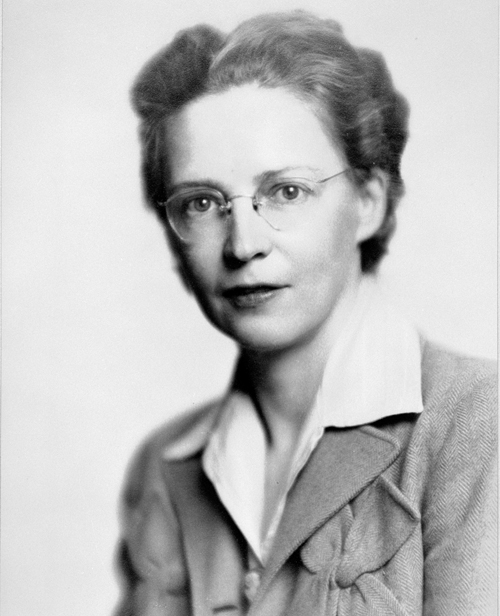

 Share on Facebook
Share on Facebook Share on X
Share on X Share by Email
Share by Email Share on Google Classroom
Share on Google Classroom

